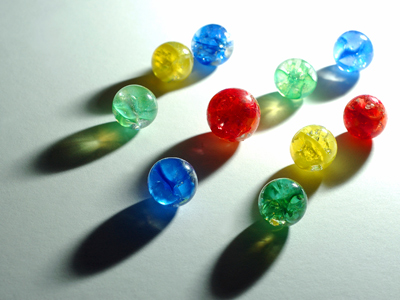
Ask the AI Tutor
Need help with Year 1 Numbers - Picture Problems? Ask our AI Tutor!
AI Tutor - Lucy
Connecting with Tutor...
Please wait while we establish connection

If I have 10 marbles and lose 3 of them how many will I have left? It helps to work out the answer if we can see the marbles.
Year 1 Numbers - Picture Problems
Solve picture problems by looking, matching, and counting. Use drawings to spot pairs, make equal groups, and find simple totals without written sums.
Question 1
4
6
5
10
There are 4 groups of 4 in 16
Question 2
20
16
18
14
3 groups of 6, or 6 + 6 + 6, is 18
Question 3
14
15
16
12
6 plus 8 is 14
Question 4
3
13
26
31
9 subtracted from 22 is 13
Question 5
8
9
7
17
If we take 7 away from the 16 stars, 9 are left
Question 6
11
8
10
9
22 – 4 = 18. Half of 18 is 9
Question 7
18
15
17
14
4 more than 10 is 14
Question 8
16
14
22
20
5 groups of 4 make 20
Question 9
14
10
6
12
Half of 24 is 12
Question 10
25
28
24
26
19 plus 4 plus 3 is 26
**Unlimited Quizzes Await You! 🚀**
Hey there, quiz champ! 🌟 You've already tackled today's free questions.
Ready for more?
Ready for more?
🔓 Unlock UNLIMITED Quizzes and challenge yourself every day. But that's
not all...
not all...
🔥 As a Subscriber you can join our thrilling "Daily Streak" against other
quizzers. Try to win a coveted spot on our Hall of Fame Page.
quizzers. Try to win a coveted spot on our Hall of Fame Page.
Don't miss out! Join us now and keep the fun rolling. 🎉
**Unlimited Quizzes Await You! 🚀**
Hey there, quiz champ! 🌟 You've already tackled today's free questions. Ready for more?
🔓 Unlock UNLIMITED Quizzes and challenge yourself every day. But that's not all...
🔥 As a Subscriber you can join our thrilling "Daily Streak" against other quizzers. Try to win a coveted spot on our Hall of Fame Page.
Don't miss out! Join us now and keep the fun rolling. 🎉






